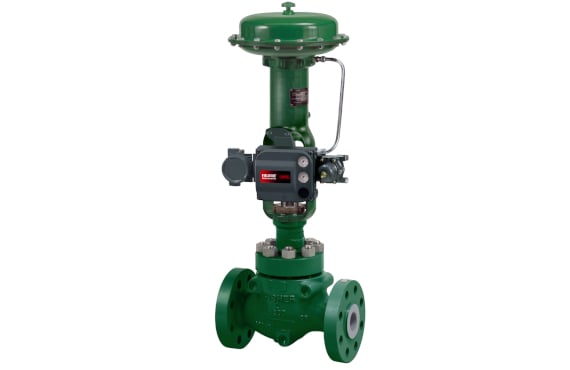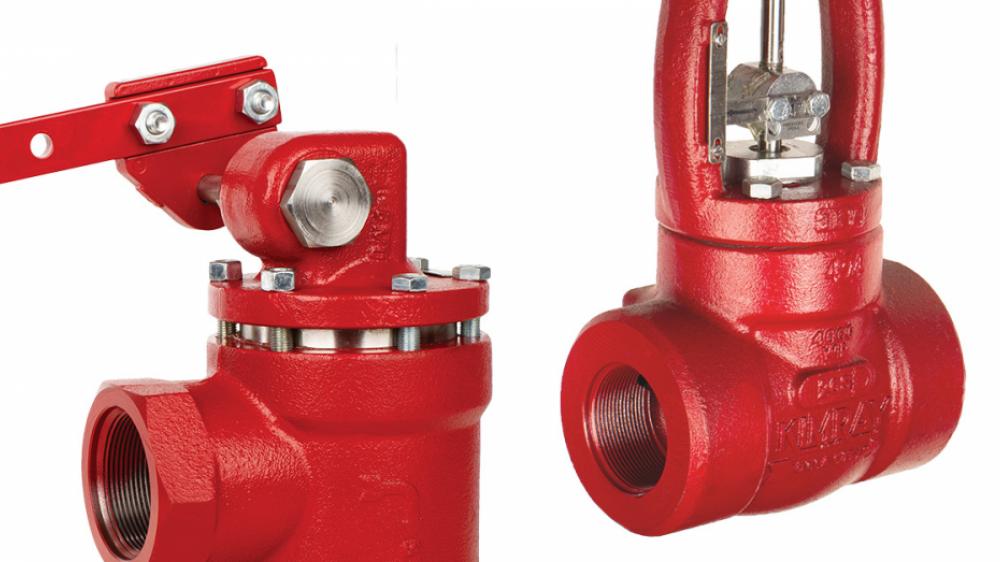Exploring the Functionality of Modern Control Valves in Industrial Applications
Exploring the Functionality of Modern Control Valves in Industrial Applications
Blog Article
Achieve Seamless Integration and Control With Quality Building Automation Controls
In the world of modern structure management, the significance of top quality building automation controls can not be overemphasized. Accepting quality structure automation controls is not simply an issue of convenience but a tactical imperative for organizations aiming to optimize their facilities' performance and sustainability.

Evolution of Structure Automation Controls
Throughout the previous couple of years, the evolution of constructing automation controls has considerably transformed the method buildings are managed and run. Constructing automation systems mostly focused on fundamental functions such as regulating heating, air, and air flow conditioning (HEATING AND COOLING) systems. Nevertheless, as modern technology progressed, these controls have become a lot more innovative, allowing for a broader variety of structure systems to be incorporated and taken care of centrally.
The evolution of developing automation controls has actually seen a change in the direction of more intelligent systems that can adapt to altering conditions in real-time. This adaptability is vital for optimizing power efficiency and guaranteeing passenger convenience. In addition, contemporary structure automation controls now supply features such as predictive maintenance, remote surveillance, and information analytics, allowing center supervisors to make data-driven decisions to enhance building efficiency.

Benefits of Quality Combination
The innovation in building automation controls in the direction of even more intelligent systems has actually emphasized the significant benefits of high quality assimilation in optimizing structure operations and enhancing general performance. This centralized control also gives far better presence and understandings into building performance, allowing proactive upkeep and optimization methods. Overall, the benefits of quality integration in building automation controls are indisputable, supplying boosted efficiency, convenience, and functional effectiveness.
Boosted Individual Experience and Availability
Enhancing customer interaction with structure automation regulates with intuitive style and improved accessibility boosts the total experience for occupants and facility managers alike. By concentrating on individual experience, constructing automation systems can end up being more efficient and easy to use. Instinctive user interfaces, clear navigation, and adjustable settings equip individuals to interact with the controls conveniently and successfully.
Access features play an important role in making certain that all people, including those with disabilities, can use the structure automation regulates effortlessly. Including features such as voice commands, tactile buttons, and color-contrasted see here now screens can boost accessibility and make the controls much more inclusive.
Furthermore, improved user experience causes greater user satisfaction, raised productivity, and better decision-making. Residents can change ecological settings according to their preferences, while center supervisors can successfully take care of and check building systems - control valves. Overall, prioritizing individual experience and access in structure automation manages adds to an extra efficient and smooth structure environment for all stakeholders involved
Lasting Practices Through Automation

In addition, automation can facilitate the assimilation of renewable resource resources such as photovoltaic panels or wind generators right into building procedures. By automatically readjusting energy use based on the schedule of renewable resource, structures can better minimize their dependence on non-renewable sources. This navigate here smooth integration of lasting techniques not just benefits the atmosphere however likewise improves the total operational effectiveness and cost-effectiveness of the structure. Via automation, buildings can align with contemporary sustainability objectives and add to a greener future.
Future Trends in Building Control Equipment
One popular pattern forming the future of structure control systems is the increased assimilation of Artificial Intelligence (AI) and equipment knowing. In addition, the Web of Things (IoT) is revolutionizing structure control systems by attaching sensors and gadgets to improve procedures and improve performance.
Another crucial trend is the emphasis on cybersecurity actions to secure against potential threats to building automation systems. As buildings end up being much more interconnected, guaranteeing durable cybersecurity procedures will certainly be important to guard sensitive information and prevent unauthorized accessibility.
Moreover, the change towards cloud-based systems is gaining energy, permitting for streamlined control and remote access to structure systems. This facilitates much easier monitoring, maintenance, and updates, boosting the general efficiency and versatility of building control systems. As modern technology remains to advance, these patterns are expected to form the future landscape of structure automation controls, driving development and sustainability in the constructed environment.
Verdict
Finally, developing automation controls have advanced significantly, why not look here providing countless benefits such as improved individual experience, availability, and sustainable methods. Quality assimilation plays an essential function in accomplishing seamless control and reliable procedure of structure systems. Future fads in structure control systems are likely to focus on additional improving automation abilities for boosted power efficiency and general efficiency. It is crucial for structure proprietors and drivers to focus on the fostering of high quality building automation controls to optimize structure procedures and accomplish long-lasting sustainability goals.
In the world of modern-day structure administration, the importance of quality building automation controls can not be overstated. On the whole, the development of structure automation manages continues to drive technology in the building management sector, using new opportunities for developing smarter and a lot more lasting structures.
The advancement in structure automation regulates in the direction of even more smart systems has highlighted the considerable benefits of high quality assimilation in maximizing building operations and improving overall effectiveness. In general, prioritizing individual experience and access in building automation regulates contributes to an extra efficient and smooth building setting for all stakeholders involved.
It is vital for building proprietors and drivers to prioritize the fostering of high quality building automation controls to maximize structure procedures and accomplish long-term sustainability goals. - control valves
Report this page